Last Updated on
While many people are still trying to discover which are the miraculous ingredients they need to use to make sure their hair remains healthy and looks strong and shiny, ancient cultures had it all figured out a long time ago. Way before the first cosmetic enterprise rose up, some very sophisticated cultures were already including nature into their everyday beauty routines. Just as today, hair played a very important role in their social structure. In today’s article, I’m going to walk you through different cultures to learn about the most important ancient hair beauty tips you can still use in this era to get a fantastic, all naturally treated, hair.
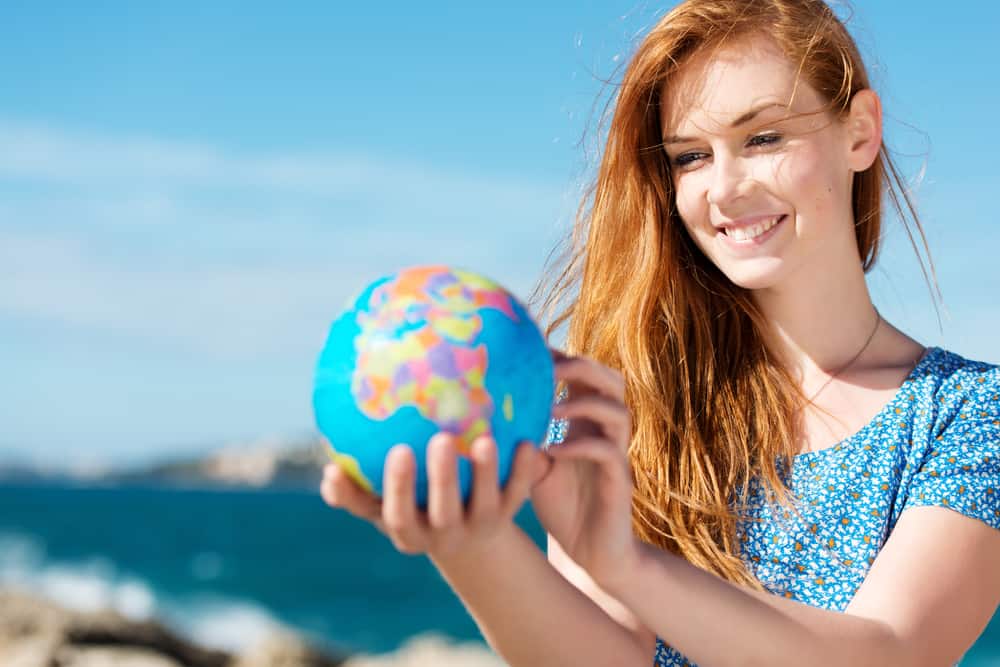
Table of Contents
Peruvian ancient hair beauty tips: Quinoa
Quinoa is considered a super mega food, but it can be an excellent rinse treatment for your hair too. Have you heard much about virgin Peruvian hair extensions? Peru exports hair, typically from the Sierra region. The population from the Sierra regions, even inside the cities, still maintain the ancient knowledge they inherited from the Incan culture. They have access to grains such as canihua, kiwicha, quinoa, and other Andean grains. You can easily enjoy the properties that quinoa have for your hair by eating it and using it as a hair treatment.
All that you need to do is put the quinoa in water and let it sit. The saponins of the outer shell of the quinoa will be liberated in the water and you can use it to rinse your hair. If you are experiencing hair loss, this will be especially beneficial for you.
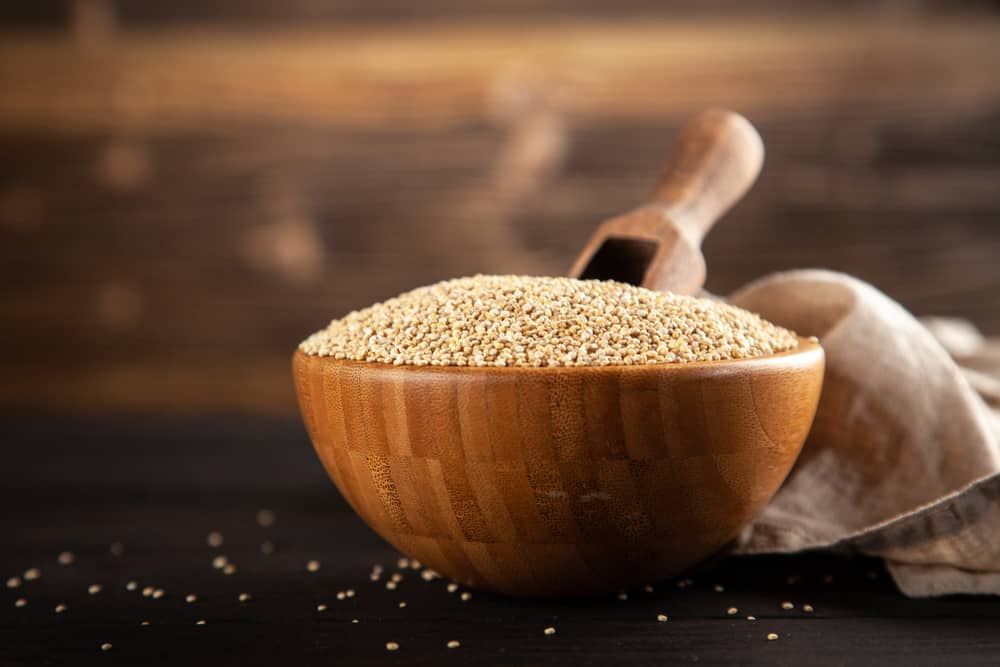
China: The Huangluo village and rice water
As extraordinary as it seems, there is a place in the world where their women own the longest, silkiest and blackest hair in the world. Not even one single grey hair appears in the mane of the Yao women, who live in the ancient village of Huangluo, which has been very accurately nicknamed “Long Hair Village”. Their locks symbolize more than just beauty: they are a sign of prosperity, good fortune, and longevity.
We believe that trimming your mane every few months is the best thing to do to grow healthy hair, but the Yao women only do it once in their lifetimes as part of a tradition they have been preserving from generations. They don’t need a trimming anyway since they found the way to maintain their ends free from splits.
So, what’s the oh-so-amazing secret for their hair? Nothing more and nothing less than rice. Yes, rice. The everyday rice you consume, common and simple, with no hidden mysteries. Did you know that, while you were cooking rice for lunch, you could have been making your tresses stronger and healthier? Well, now you do.
You just need to cook the rice in water and then use that water, now full of 8 amino acids and several other nutrients, to rinse your hair. You should massage your scalp while you rinse your hair and let it sit for around 15 minutes on your hair. Then, get all of it off by rising your locks with cool water. You can also do the original Yao women recipe and store the rice water for some days to let it ferment.
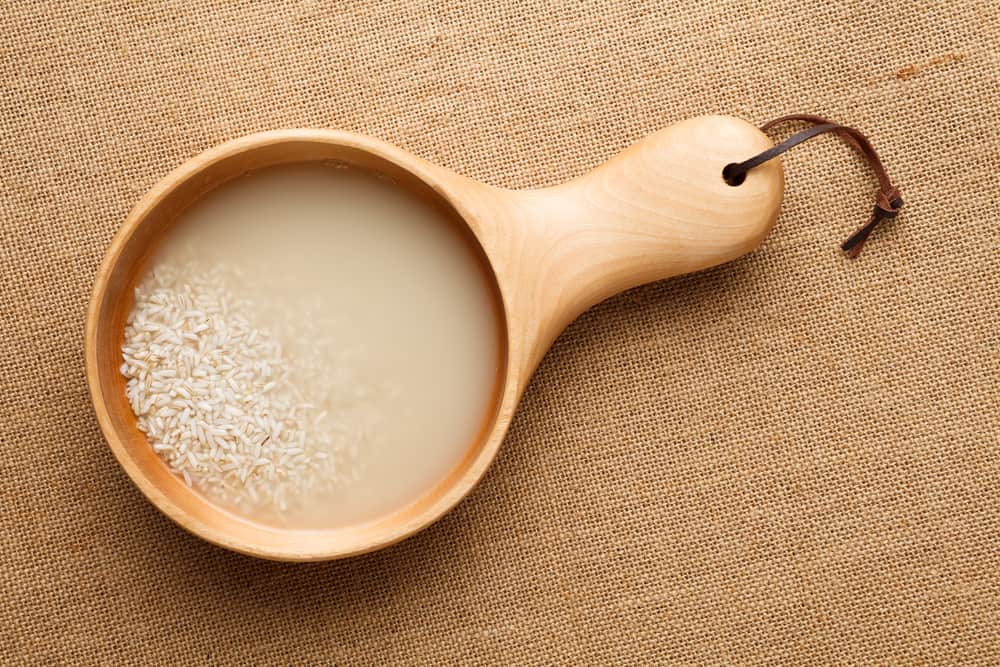
Egypt: Cleopatra’s hair beauty routine included taking care of her wig
Almost everybody has heard about Cleopatra’s incomparable sensuality, strong character, and superior intelligence. And, even though she has been represented on numerous art pieces with long, straight and black hair, she was most certainly a wig enthusiast. Wigs were used by the nobility to keep lice away. This being said, it shouldn’t be a surprise to know that Cleopatra shaved her hair.
Now, want to learn some very useful Egyptians tips about how to take care of your wig? Wigs weren’t cheap in ancient Egypt, so they used emollients and essential oils, such as almonds one, to keep the wigs, made from natural hair (preferred than wool), silky and smooth. Then, they combed it to make sure it had no tangles and perfumed it with rose petals.
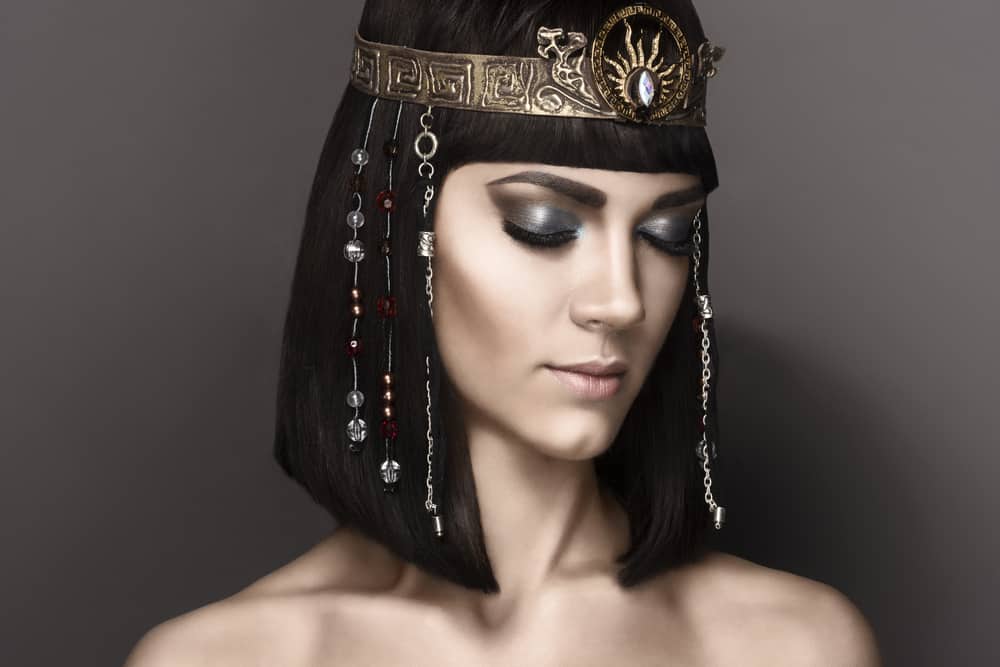
India: Scalp massage with coconut oil
Indian women are well known for their voluminous and long tresses. They have thick hair that is the envy of many other women around the world, which is the reason why Indian hair has become an exportation product. From generation to generation, Indian culture has based its traditional health care on ayurvedic principles.
One of the best traditional hair care tips you can incorporate to your own routine is the scalp massage using a mixture of oils (which you should avoid if you have an oily scalp). You can do this mixture combining coconut, almond and rosemary oils (as well as others) and warming it up. Then, you must apply it all over your hair using your fingertips. Apply pressure on your skin, without hurting yourself, and distribute the oils all over your head. This process should be a 10 minutes long one. It stimulates the blood circulation, which is very beneficial to a sensitive scalp and, in consequence, to the hair growth. Once you are done, you can wash your hair or put a shower cap on and let it sit for longer.
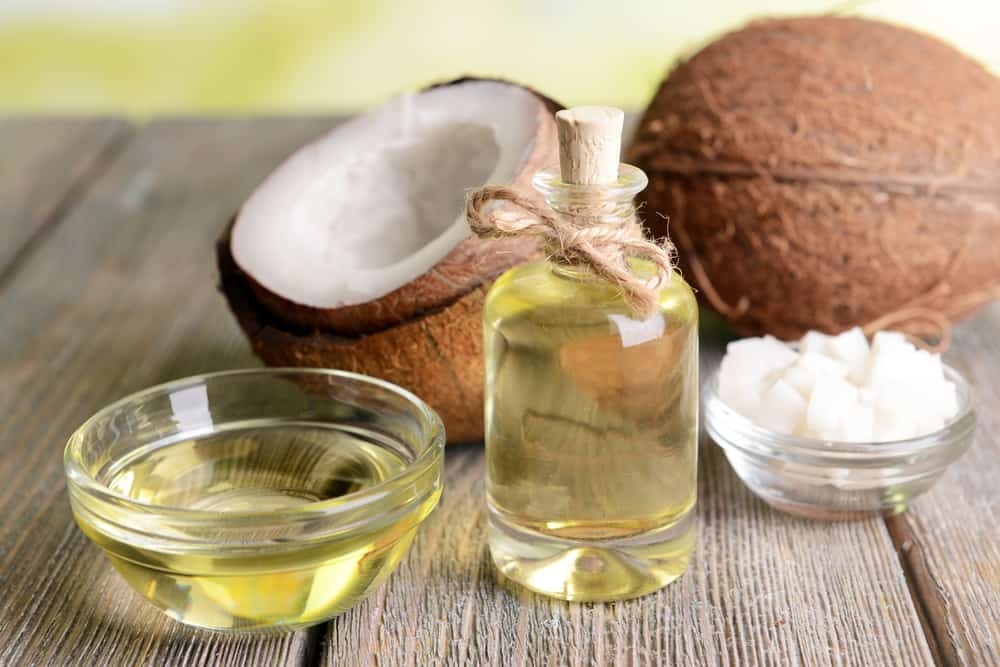
Ghana: Black soap for your natural hair
Keeping your natural hair healthy and beautiful can be really difficult, especially if you are using the wrong products for it. Black hair has its own issues and requires its own specific treatments. That’s why you should use one of West Africa’s beauty hair tips: black soap, made by the women of the tribes located in Ghana. Be careful and make sure to get the real one: even though they are imported into the United States, there are a bunch of fake ones in circulation in the market.
You can differentiate the real black soap from the fake one by its color because the original black soap is not actually black but brownish. The texture is not smooth but very rough because of the ingredients it is made from, and you can break apart the soap bar quite easily. Made from all natural ingredients, it has a lot of antioxidants and minerals. If you want to learn how to use it, check out this video:
These are the 5 Ancient Hair Beauty Tips you can still use today to get magnificent results.

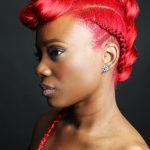
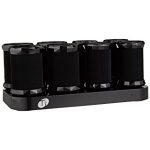
Leave a Reply
You must be logged in to post a comment.